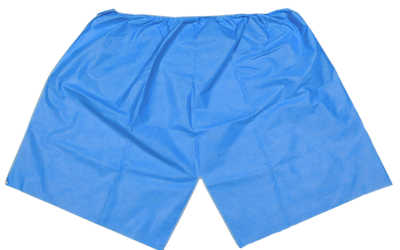There are several different reasons to use chlorine test strips in different applications. Understanding the level of chlorine being tested is critical as different strips are calibrated for use with various concentration ranges.
Knowing the range or the parts per million (ppm) requirements for a specific solution or for water used for harvesting is the first step. Using the incorrect testing strips given the desired ppm will give inaccurate readings that can result in inaccuracy in results.
Low Range Test Strips
To test water used in the production of foods or beverages or used for misting or irrigation systems for any type of food production, the lower level or lower range chlorine test strips are the best option.
This will also be important for any type of use where the additional presence of high levels of free chlorine in the water may impact a chemical process. Typically, these strips will measure from zero ppm to up to 10 ppm of free chlorine. Keep in mind that the Environmental Protection Agency allows for 4 ppm of chlorine in drinking water, and the presence of these extremely low levels allows for ongoing disinfection of the water.
These strips are very simple and easy to use. These are pre-formulated strips that are immersed into the water to be tested. They are moved back and forth in the water for 30 seconds and removed. The excess water is removed by shaking, and then allowed to sit for 15 seconds. The color change on the strip is compared to the color blocks on the label to provide a semi-quantitative estimation of the levels of chlorine.
Mid to High Range
There are also chlorine test strips used to test mid-range levels of chlorine. These are typically used to provide a semi-quantitative measurement to determine if there is a suitable level of chlorine in a cleaning solution or a sanitizer to disinfect and sanitize equipment.
These strips can be used to measure between 0 and 300 ppm of free chlorine. They are dipped into the solution and removed immediately with excess liquid removed by shaking the strip.
The color change on the strip in 15 to 30 seconds is then matched with the color block samples on the label to provide an estimate of the levels.
In the higher ranges of free chlorine from 100 to 750 ppm, different strips are available. These strips are immersed for two seconds, excess liquid removed and then read after 90 seconds. It is important to always compare the color at the center of the pad to get the most accurate reading.







